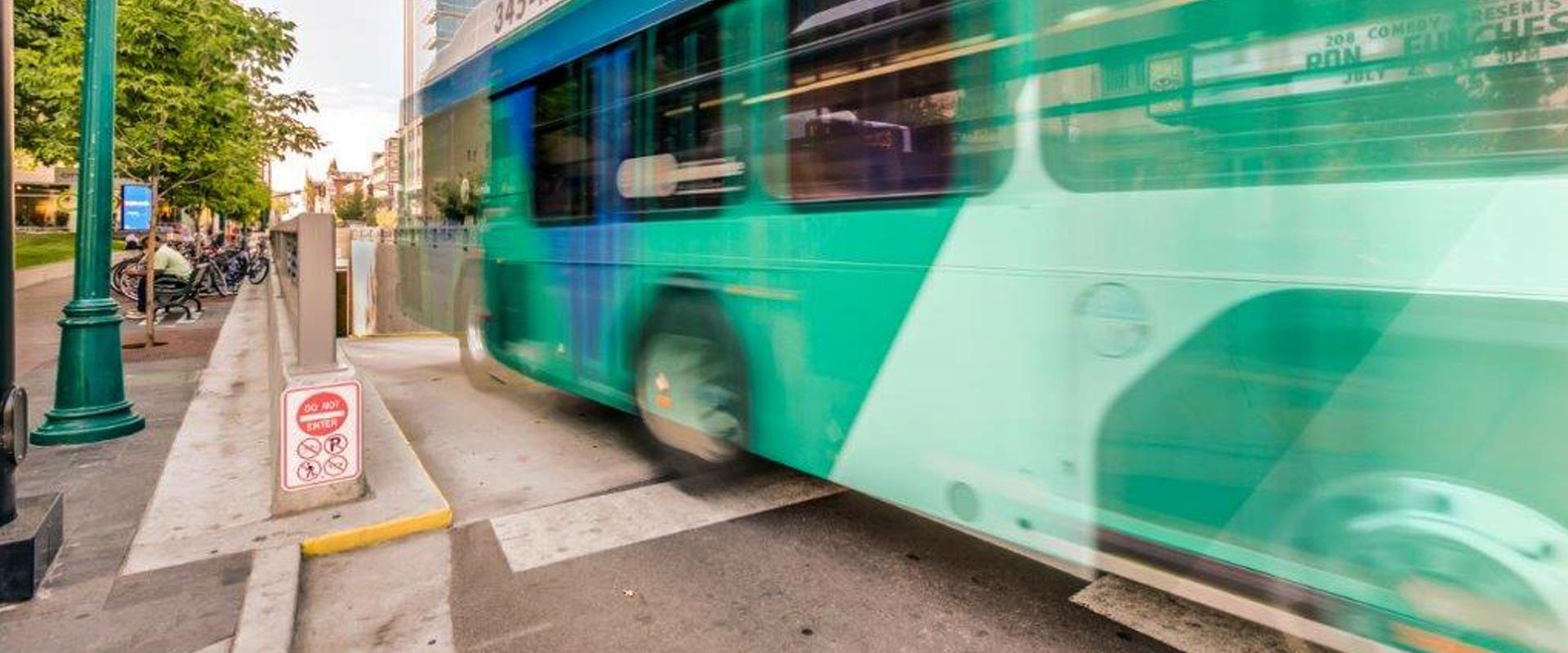- It’s snowing and I don’t want to drive. I think I’ll take the bus today.
- I don’t have to take off work to take my mom to the doctor any more. She now takes the senior shuttle.
- I didn’t sleep well last night…luckily I can nap on the train!
- It costs a lot to park near my office. I think I’ll join a vanpool to save money.
- I never take the bus, but I’m glad all those other people did, or traffic would be even worse!
For statements such as these to consistently ring true, investments need to be made in the region’s public transportation system. Public transportation investments expand mobility choices for all people and create opportunities for non-motorists to participate in economic and social activities.





